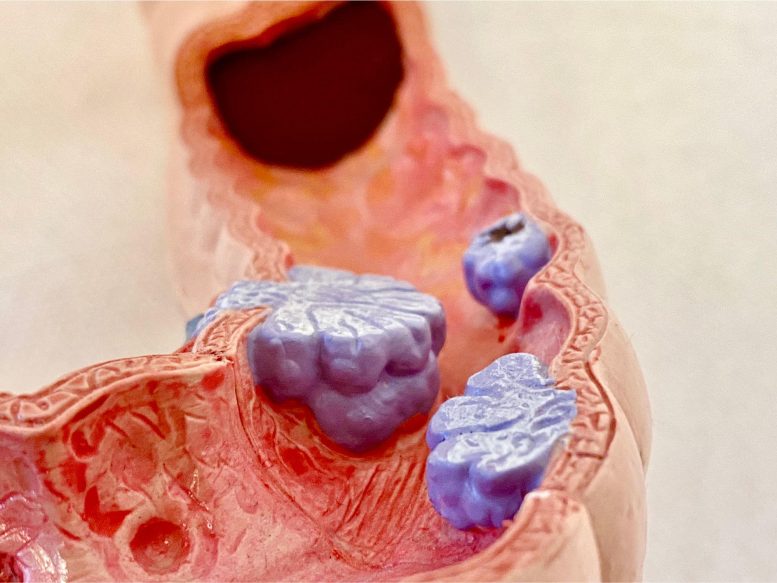Colorectal cancer rates skyrocket among young Americans


The incidence of colorectal cancer has increased significantly among young Americans over the past two decades, driven by both genetic and lifestyle factors, highlighting the need for increased awareness and tailored preventive measures. .
The incidence of colorectal cancer among young people in the United States has increased steadily over the past two decades, with the most significant increases seen in the youngest age groups. A study recently presented at Digestive Disease Week (DDW) 2024 found that from 1999 to 2020, the rate of colorectal cancers increased by 500% in children aged 10 to 14, by 333% in adolescents aged 15 at age 19 and 185% among young adults. aged 20 to 24.
“Colorectal cancer is no longer considered solely a disease affecting the elderly population,” said lead researcher Islam Mohamed, MD, an internal medicine resident at the University of Missouri-Kansas City. “It is important for the public to be aware of the signs and symptoms of colorectal cancer. »
Risk factors include a family history of inflammatory bowel disease or colorectal cancer. Modifiable risk factors include obesity, smoking, alcohol consumption, and dietary habits such as low fiber intake, consumption of processed meats or sugary drinks, and a high-fat diet. A sedentary lifestyle, the presence of bacteria that tend to cause tumors, the use of antibiotics and food additives are potential, but not firmly established, factors contributing to the risk of colorectal cancer.
Trends and diagnosis in young populations
Using data from the Centers for Disease Control’s Wonder database, Mohamed’s team calculated trends in colorectal cancer rates among people ages 10 to 44 from 1999 to 2020.
The number of colorectal cancer cases among children and adolescents is not high enough to suggest widespread colonoscopy screening, but more tailored approaches should be considered, Mohamed said. In 2020, only 0.6 children aged 10 to 14 per 100,000 inhabitants were diagnosed, compared to 0.1 per 100,000 in 1999. Diagnoses among adolescents aged 15 to 19 increased from 0.3 to 1 .3 per 100,000, and among young adults aged 20 to 24. cases increased from 0.7 to 2 per 100,000.
The most common symptoms of colorectal cancer identified in early-onset colorectal cancer patients were changes in bowel habits in terms of constipation or diarrhea, abdominal pain, rectal bleeding, and signs of iron deficiency anemia , said Mohamed.
Increases were also seen in older age groups, with rates rising 71% to 6.5 per 100,000 people aged 30 to 34 and 58% to 11.7 per 100 000 people aged 35 to 39 in 2020. While the 40 to 44 year old group had a smaller percentage increase of 37%, this group had the highest incidence rate, reaching 20 per 100,000 people in 2020.
Meeting: Digestive Diseases Week (DDW) 2024
News Source : scitechdaily.com
Gn Health




